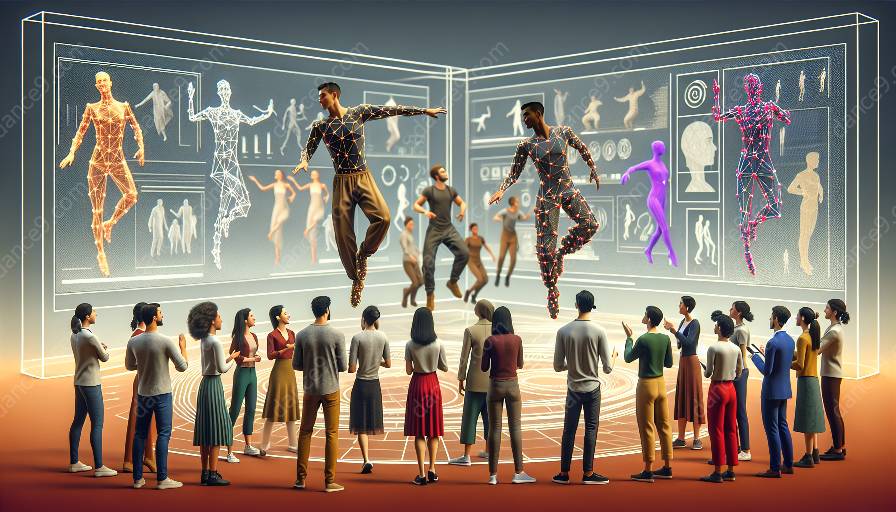Dance and motion capture technology have revolutionized the way dance is taught and learned. The integration of motion capture technology into dance classes offers a wide array of educational benefits, providing students with unique opportunities to enhance their skills and engage with cutting-edge digital tools.
Enhanced Analysis and Feedback
Integrating motion capture technology into dance classes allows for enhanced analysis of movement and technique. By capturing the intricate details of a dancer's performance, instructors can provide detailed feedback and guidance to help students refine their movements and perfect their technique. This technology offers a level of insight and feedback that was previously limited to traditional observation.
Improved Understanding of Kinematics
Students who engage with motion capture technology in dance classes gain a deeper understanding of kinematics and biomechanics. They can visualize the mechanics of their movements in real time and gain valuable insights into the physics of dance. This understanding can lead to improved performance and a stronger grasp of the fundamental principles of dance.
Interdisciplinary Learning Opportunities
The integration of technology in dance classes creates interdisciplinary learning opportunities by blending the artistry of dance with the technical aspects of motion capture. Students can explore the intersection of art and technology, developing skills in both areas and broadening their educational horizons. This interdisciplinary approach encourages creative thinking and innovation.
Engagement with Cutting-Edge Technology
By integrating motion capture technology into dance classes, students have the opportunity to engage with cutting-edge technology. This not only enhances their technical proficiency but also prepares them for careers that require familiarity with digital tools and innovations. The experience of working with advanced technology can inspire students to pursue further studies in related fields.
Creation of Interactive Performance Elements
The use of motion capture technology in dance classes can lead to the creation of interactive performance elements. Dancers can incorporate digital projections and interactive visuals into their performances, adding a new dimension to their artistic expression. This blend of dance and technology fosters creativity and opens new avenues for artistic collaboration.
Facilitation of Remote Learning
Motion capture technology also facilitates remote learning by allowing instructors to provide real-time feedback and analysis regardless of the physical distance between them and the students. This enables students from diverse geographic locations to access high-quality dance education and collaborate with instructors and peers in virtual spaces.
Conclusion
The integration of motion capture technology into dance classes offers a myriad of educational benefits that enhance the learning experience for students. By leveraging this technology, educators can provide enhanced feedback, deepen students' understanding of kinematics, create interdisciplinary learning opportunities, and prepare students for the demands of a technology-driven world. This integration not only enhances dance education but also broadens the horizons of artistic expression and creativity.

































